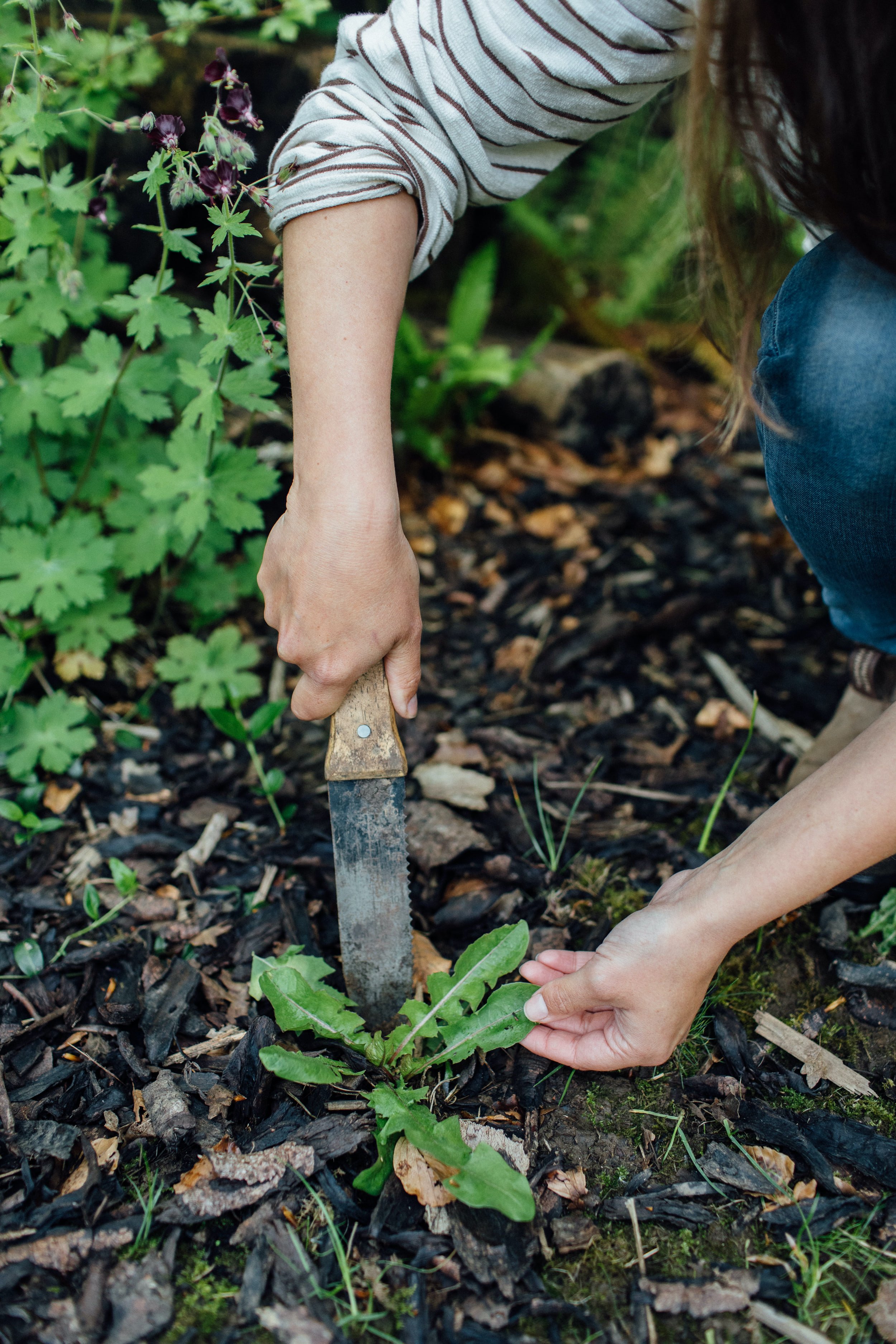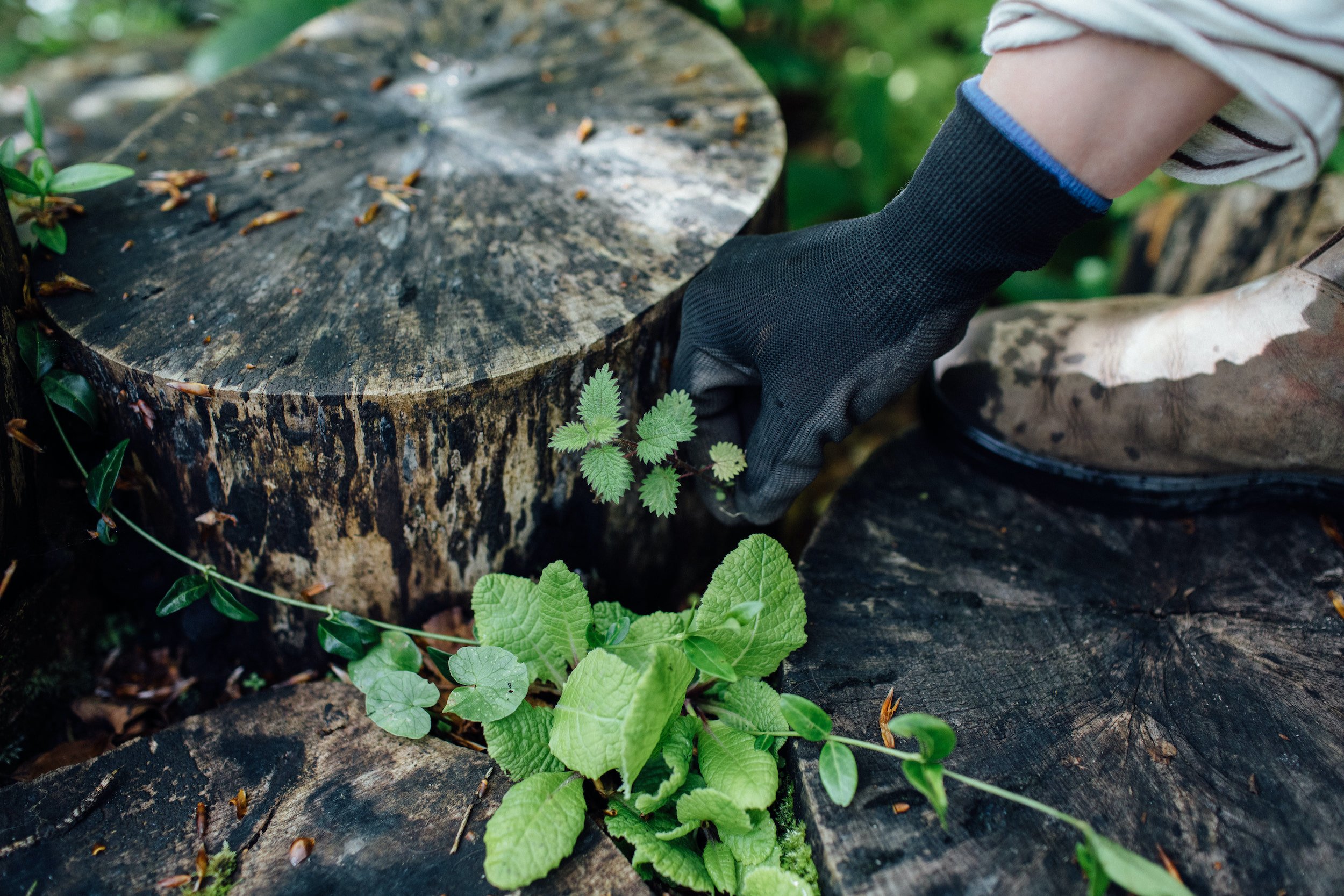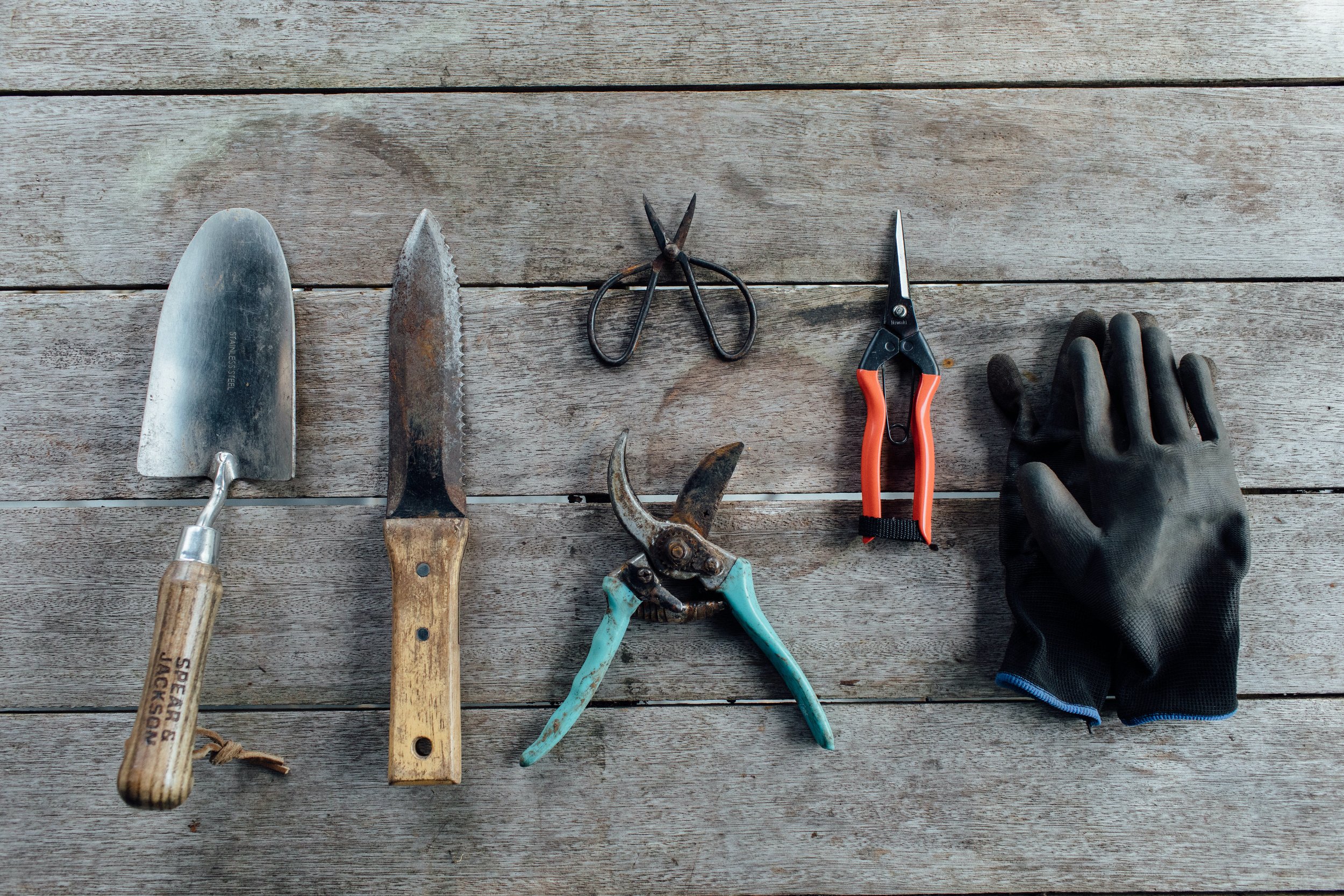How to weed
There are times, we have to admit, where gardening can feel like one, long, endless battle against weeds…
When you think how much care and love we often put into getting plants established and happy, it seems unfair that weeds just pop up all over the place! But of course, that is exactly what makes a weed a weed – they’re all plants that can grow happily and quickly in often fairly inhospitable conditions. And a true definition of a weed, in fact, is just a plant growing somewhere we don’t want it. A sycamore tree growing in the middle of lawn is just as much a weed as bindweed in a border…
On the whole, we try to have a fairly relaxed view on weeds, embracing as many as we can as wildflowers. We love some dandelions and clover in the lawn, we’re certainly more than happy with daisies and herb Robert in flower beds. And overall, we’re all about a style of gardening that is more relaxed and wild than sculptured and manicured, which means that wild flowers and self-seeders are (almost) always welcome!
However, there are some weeds – especially some of the deep-rooted perennials – that will simply take over a garden given half a chance, suffocating the plants you do want and spreading quickly and ruthlessly (bindweed, we’re looking at you). Weeding these out is important to keep a diverse mix of plants, as well as simply to protect the ones you have planted.
We always avoid using weedkiller unless absolutely essential, so hand weeding is the way to go. Here’s an overview of some of the different methods of weeding, and which plants are best removed with which method:
Removing by hand
The simplest and most effective way to remove weeds with short roots is just to gently pull them out of the ground by hand. This is easiest when the soil is a little moist, so that it will crumble and you can pull the roots out, but on a dry day.
Grasp the plant at the bottom of the stem (wear gloves for anything that could sting or otherwise hurt you) and tug the plant gently so that it comes out of the soil with the roots intact.
This is the best way to remove herb Robert, groundsel and chickweed, stickyweed, as well as small seedlings before they become established.
Digging out with a trowel or hori hori
More established weeds and those with bigger roots will need to be removed with a trowel or (our favourite piece of garden equipment!) a hori-hori, aka a Japanese gardening knife. Anything with a fairly solid root that clings well into the ground might break if you try to pull it is up by hand, so you’ll need to dig down around the root to remove it properly.
This is the best method for dandelions, plantains, nettles and couch grass. It also is the main method for the dreaded bindweed, but it’s important (though almost impossible!) to remove all of the white bits of root, as even a thumb sized section left in the soil can grow an entirely new plant…
Some weeds, such as blackberries, can root in very deeply. These will need a sturdy trowel to remove them, or even a larger garden fork or spade.
Hoeing
In the summer, hoeing is a really quick and efficient way to remove fresh weed seedlings from areas of bare soil, for example, around rows of vegetables in an allotment or veg beds.
Hoeing is quick and easy to do, and as long as you do it regularly, can prevent weeds growing bigger and getting established. If you hoe in the sun, you can just leave the seedlings on the surface of the soil, where they will soon shrivel and die. If it’s rainy, make sure to remove any weed seedlings though, or they could re-root…






